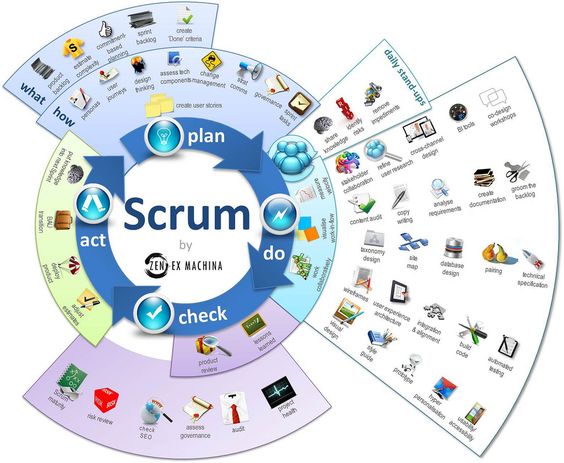The Scrum methodology for software development breaks down a project into smaller, more manageable pieces, allowing for continuous collaboration between team members. The Scrum Backlog is a critical aspect of this methodology, as it acts as a single source of truth for the project’s requirements, goals, and priorities. In this article, we’ll provide a comprehensive guide to what the Scrum Backlog is and how it’s used within the methodology.
Understanding the Scrum Backlog
The Scrum Backlog is an ordered list of product requirements that are maintained by the Product Owner. These requirements are often referred to as User Stories, and they detail what the end-users or customers need from the product. The Product Owner is responsible for prioritizing the User Stories and ensuring that they are understood by the development team.
Creating a Scrum Backlog
To create a Scrum Backlog, the Product Owner must first identify the product’s requirements, which are often gathered through user research, focus groups, or customer feedback. Once these requirements have been identified, they are broken down into smaller User Stories that are easier to manage. The Product Owner then prioritizes these User Stories based on their importance and organizes them into the Scrum Backlog.
Refining the Scrum Backlog
The Scrum Backlog is a living document that is continually updated. One of the most crucial aspects of maintaining the Scrum Backlog is to ensure that it’s well-refined. This refers to the process by which the Product Owner works with the development team to break down User Stories into even smaller tasks that can be completed within a single sprint.
Prioritizing the Scrum Backlog
Prioritization is at the heart of Scrum, and the Scrum Backlog is no exception. The Product Owner must prioritize User Stories based on their importance to the product and the customers. This helps to ensure that the development team is working on the most critical pieces of the project.
Sprint Planning and the Scrum Backlog
During Sprint Planning, the development team reviews the User Stories in the Scrum Backlog and selects the ones they can complete during the upcoming sprint. The Product Owner provides guidance on which User Stories are the most important to complete during the sprint, and the development team breaks them down into tasks.
Sprint Execution and the Scrum Backlog
During the sprint, the development team works on the tasks they have identified for each User Story. As they complete tasks, they mark them as done, and the progress is reflected on the Scrum Board. Any changes to the Scrum Backlog are tracked during the Daily Scrum meeting, where the team reviews the progress and identifies any potential issues.
Demonstrating Value with the Scrum Backlog
The Scrum Backlog is a critical tool for demonstrating the value of the product to stakeholders. By tracking the progress of User Stories through the Scrum Board, stakeholders can see the tangible progress being made towards the development of the product. This helps to keep everyone informed and engaged in the project.
You might find these FREE courses useful
- Combining Scrum with Other Agile Methodologies
- Introduction to Scrum Master Training
- Modalidades organizacionales ágiles en base a la MetodologÃa Scrum
- Scrum Master Certification: Scrum Methodologies
Conclusion
The Scrum Backlog is one of the most critical aspects of the Scrum methodology for software development. It acts as a living document that tracks the progress of the project and ensures that the development team is working on the most important pieces of the product. By understanding how the Scrum Backlog is created, refined, and prioritized, software teams can successfully implement the Scrum methodology and deliver high-quality products to their customers.
